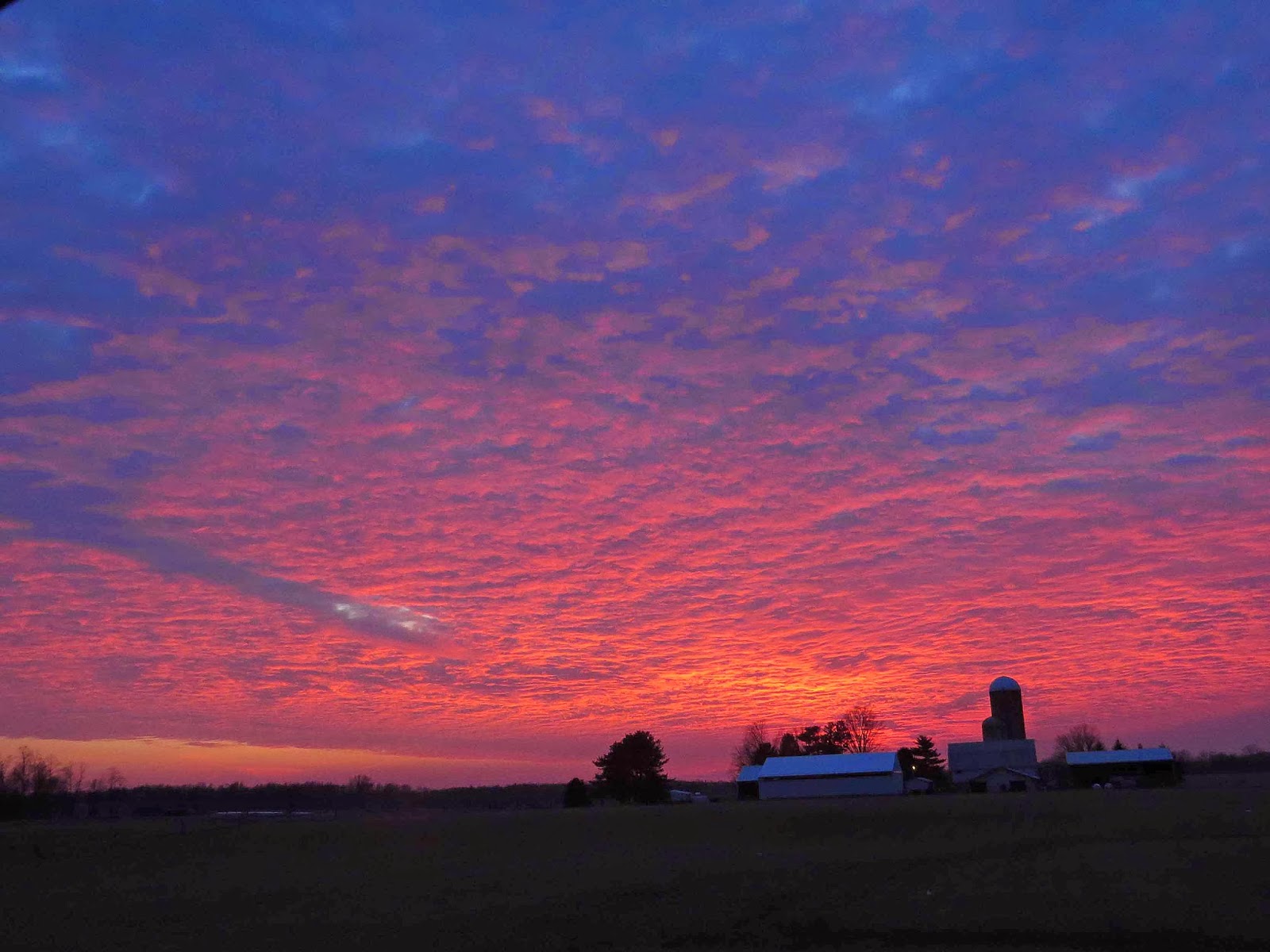Like most people the first carnivorous plant I ever heard of was the Venus flytrap. We've probably all seen (doomed) individuals in little plastic terraria for sale in various stores--most probably don't live very long at home, at least mine didn't! Venus flytraps are native to just a few places in the Carolinas.
Mechanisms for trapping the insects vary among carnivorous plants from the active traps of the Venus flytrap and the bladderworts, to the pitfall traps of the pitcher plants and the "flypaper" sticky traps of the sundews and the butterworts. I get excited when I see any of them and we saw 7 different ones during the morning we spent exploring along Rt. 65 through the Apalachicola National Forest, and several others later in the trip near the Orlando area.
Here is a look at a typical scene of the wet, pine woods and savannah along Rt. 65:
As we drove we soon noticed the magnificent modified leaves of the yellow pitcher-plant, Sarracenia flava and had to stop:
The odd flowers were just coming into bloom when we were there. The dangling petals, which move in the wind presumably to attract insects, fall off in a few days and the rest of the flower, whose unusual structure prevents self-pollination, lasts much longer:
As we walked around a shallow bog, we came across several more carnivores. First we noticed the lovely pale purple flowers of a plant whose leaves were completely immersed in the water:
This is a rare plant called Pinguicula planifolia or flatleaf butterwort. Like all butterworts, it captures insects that stick to the leaves, the edges of which then curl over the prey, allowing specialized glands to produce secretions that digest the insect. I'm not sure how that happens underwater but maybe its habitat isn't always submerged.
By this time my feet were completely wet and my legs pretty scratched up but we kept seeing good stuff! Fortunately it wasn't too hot and the mosquitoes weren't bad. Here is another kind of pitcher plant, similar to the one that grows in Ohio but probably S. rosea rather than our S. purpurea--the taxonomy is apparently debatable! Insects fall into the water in the modified leaf and tiny hairs keep them from climbing back out:
The sundews were awesome! Here is the one that was the most common:
There are many species of sundews, all in the genus Drosera. The most common one we have in Ohio is D. rotundifolia and it doesn't occur in Florida. This one might be D. capillaris.
Until I looked closely I didn't think this was a sundew, but the dewy droplets gave it away. This cool plant is D. filiformis, or dewthreads and was completely new to us:
Then we noticed that the bog was full of yellow-flowered bladderworts, of which there are many species, including a few in Ohio. Closer inspection revealed that this was a really unusual one--it is floating bladderwort or Utriculara inflata. Like all bladderworts, it has teeny bladders on its modified leaves that have trap doors that open and suck in tiny aquatic organisms.
Here is a mass of them:
On our way out we saw our 7th carnivorous plant of the day, the lovely yellow butterwort or P. lutea. In this photo you can see the basal leaves that can trap and digest insects that stick on their surfaces:
Whew! That was a lot to take in and I'm sure that we missed a lot too. What a great morning! Later in the trip we added to our carnivorous plant list with more bladderworts and sundews, and this lovely butterwort, P. cerulea, which is almost always a lovely blue but we also spotted its very rare white form:
I was really excited to see the alien-looking hooded pitcher plant (S. minor). These pitchers are probably from last year:
but here is one that is just coming up with its flower bud nearby:
The translucent "windows" at the top of the pitcher probably help to lure insects into the trap.
It was interesting to see this yellow butterwort, P. lutea, from near Orlando. Its flower is slightly different from those in the Apalachicola area but they are the same species:
Here is another bladderwort that we saw on this trip; there are at least 12 species of them in Florida so I won't hazard a guess as to which this is!
The carnivorous plants, with their weird and varied morphology, were a big highlight of this trip. It is amazing to think of the incredible variety in the plant world, and sobering to think of how threatened many of these unusual plants are by destruction of their unique habitats.







































